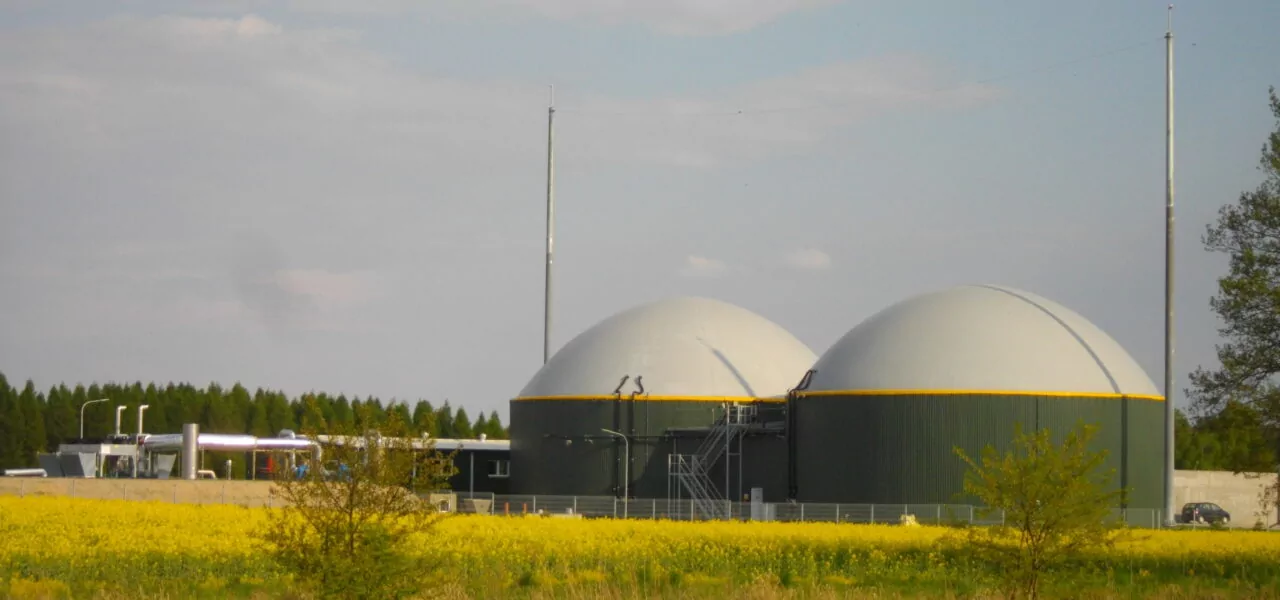Here are 5 challenges related to technology operations
1. Securing and managing feedstock is a strategic bottleneck
A successful WtE operation starts with reliable feedstock — yet securing consistent volumes and quality has become a strategic challenge. Organic waste streams are increasingly variable, with fluctuations in composition, moisture, and contamination.
Manure, food residues, and industrial by-products differ widely in biogas potential, making it difficult to maintain steady energy output. For many project developers, flexible pre and post-treatment technologies are now as critical as the digesters themselves.
2. Permitting has become a complex balancing act
Regulatory frameworks for WtE plants are tightening across Europe and beyond. Operators must navigate overlapping requirements covering emissions, odors, nutrient recovery, and digestate discharge. Permitting delays are common, especially when authorities require detailed validation of digestate quality and water discharge limits.
3. Digestate and water treatment: the hidden challenge
A digester’s output isn’t just biogas — it’s also large volumes of water-rich digestate that must be treated or reused. This “liquid waste” poses one of the biggest operational headaches. Plants treating manure-rich or high-nitrogen feedstocks often struggle with ammonia buildup, requiring stripping systems to protect biological stability and reduce emissions. Meanwhile, water scarcity is pushing operators to reclaim process water instead of relying on fresh supplies, adding another layer of technical complexity.
4. Biogas quality and corrosion control
Producing biogas is only half the battle — ensuring its quality is the other. Depending on the feedstock, biogas can contain corrosive compounds such as hydrogen sulfide (H₂S) that damage equipment and lower energy recovery efficiency.
Desulphurization systems, gas polishing, and continuous monitoring are now essential to protect engines and upgrading units. The challenge lies in achieving this reliability without excessive OPEX or downtime.
5. Expertise gaps and integration challenges
Many WtE projects are led by renewable energy developers focused on power generation rather than water or digestate treatment. As a result, digestate management and plant integration can be overlooked or underestimated.
This expertise gap can lead to operational inefficiencies, compliance risks, and costly retrofits. Partnering with specialized technology providers — particularly those experienced in both anaerobic digestion and downstream digestate and water treatment — is becoming critical for long-term success.
Conclusion
Waste-to-energy plants are no longer simple “waste in, power out” facilities. They are complex ecosystems where feedstock quality, regulatory compliance, and technological reliability intersect. Success now depends on mastering not just biogas production, but the entire chain — from feedstock pre-treatment to digestate valorization. With the right technology and expertise, the sector can overcome its current challenges and unlock its full potential.
Read more about the solutions to optimize WtE plant operations in our next blog.
Nijhuis Saur Industries brings integrated solutions to address these technological barriers. With decades of expertise in wastewater, biogas, and resource recovery, NSI delivers complete solutions that combine digestate treatment, water reuse, and biogas purification in one plant.
